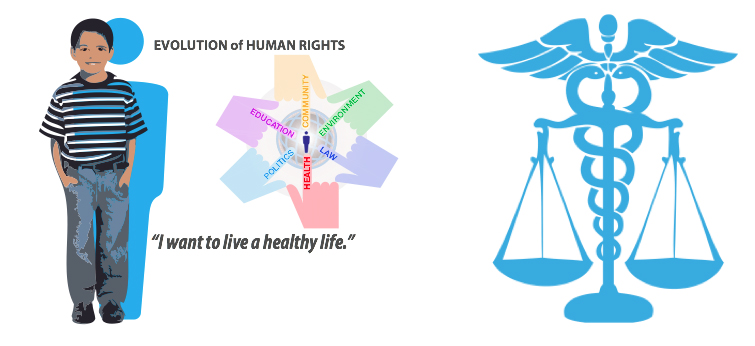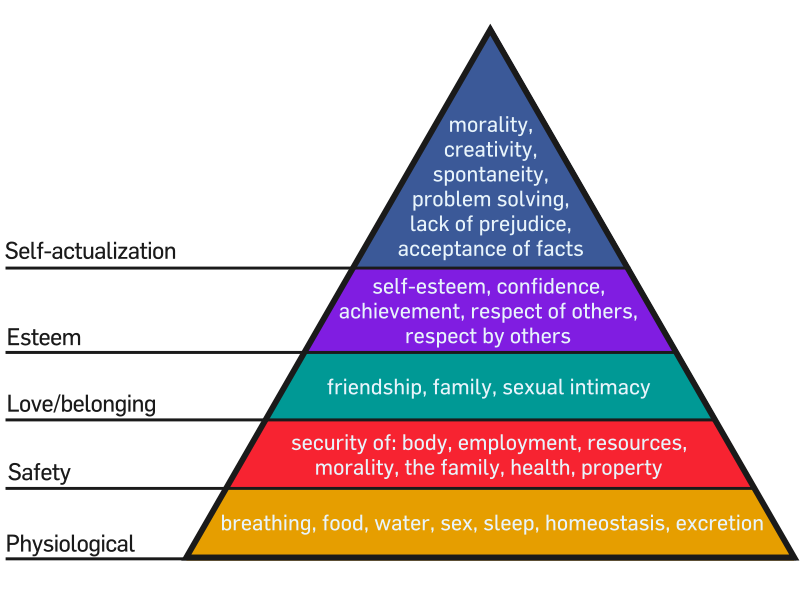
“I want to live a healthy life!” For as long as humans have lived in groups, this meant a social covenant — conforming to rules set by many to insure mutual survival. One way or another, health and law have been intertwined for millennia: don’t poo in a public well — one of the first health edicts along with burial customs religious food-limiting laws — limiting food born illnesses from decimating communities mandatory immunization — the need for herd immunity Health and community are mutually entangled. The price of living in a community means giving up certain personal rights: “the needs of the many outweigh the needs of the few or the one” But this is a delicate balance. As a group, societies have done horrendous thing to individuals in a name of greater good: taking a right to privacy forced quarantines, treatment, and sterilization compulsory rehabilitation subjugation of women and minorities Starting about the mid of the last century, the awareness for the need to protect the rights of the few and the one from the many grew in its momentum. It was striking to me how the 1943 Abraham Maslow’s Pyramid of Human Needs became an echo for…


